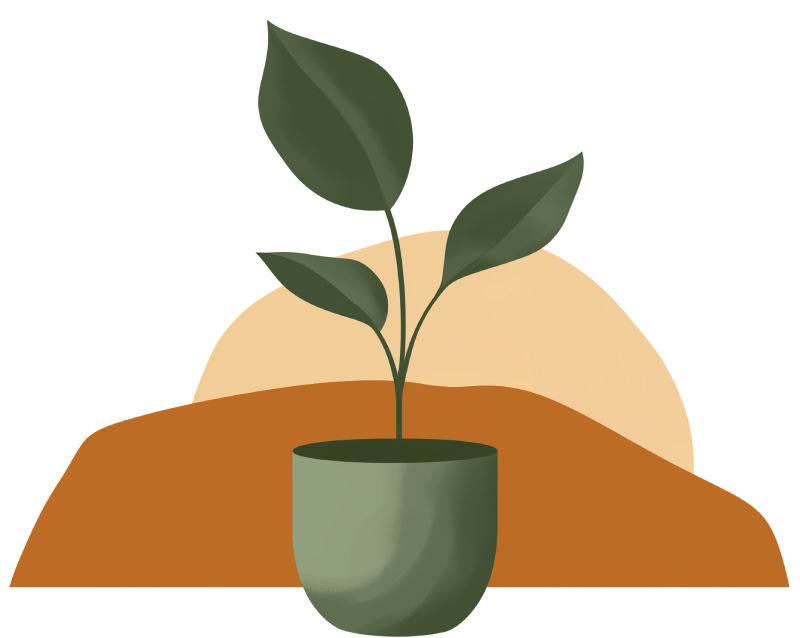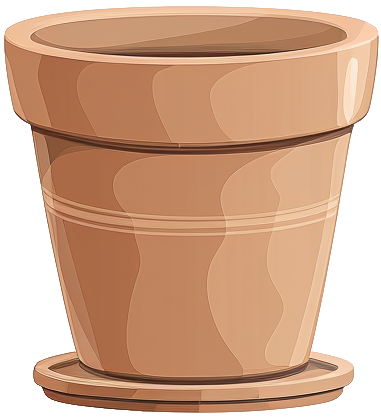- epipremnum
- aureum
- 'greenjula'

Have a picture we could use? Help us complete this page!
epipremnum aureum'greenjula'
Care level
Easy
Popularity
Popular
Variegation
Blotched pattern
This selection features broader leaves than many varieties, sometimes displaying darker green margins along the edges of the foliage. It tends to grow faster and shows less tendency to develop brown spots on its leaves under challenging conditions.
Care & maintenance
Light
Bright light, usually located near windows but doesn't receive direct rays for more than an hour during the day.
Temperature
Warm (64.4°F - 86°F)
Fertilization frequency
Moderate
Monthly during the growing period.
Soil
Choose a Tropical plant mix: A rich, moisture-retentive blend with good aeration. Mimics the natural forest floor environment of tropical regions.
If you want to create your own substrate, you can make a mixture of the following soils:








Click on the soil name for more information.
Pot

Standard size
Prefer a pot with a classic width/depth ratio.
Incorrect or incomplete information?
In our goal of building the best plant database, we sometimes make mistakes or have incomplete information. You can help us fill these gaps!
Features
Size & growth
Large
Climbing
Moderate growth
This plant grows at a moderate rate. It can reach 3 to 6 feet in height or spread.
It grows upwards by attaching to supports or winding around them.
Toxicity
| Cat | |||
|---|---|---|---|
| Dog | |||
| Human |
Reproduction & propagation
Fruits & flowers
Non-flowering & not self-pollinating
The epipremnum greenjula cannot produce flowers and therefore fruits.
This plant is not capable of self-pollination, it will not be able to produce fruits if it is not pollinated by another individual.
